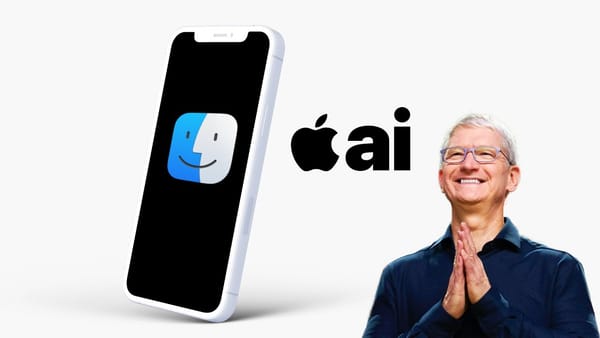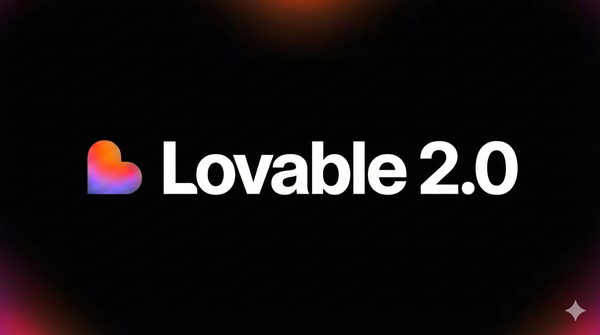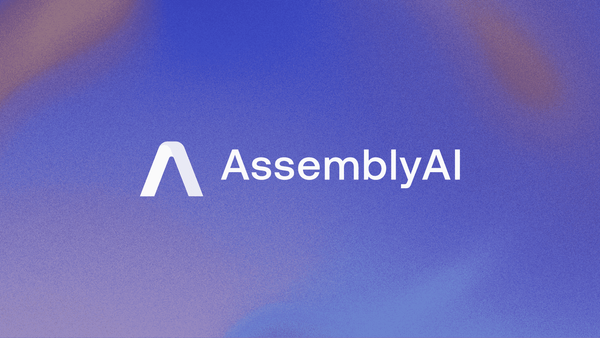Nvidia — The Powerhouse Behind AI

Welcome to AI Brews — your daily sip of what’s brewing in the world of AI. If you’ve ever wondered what makes tools like ChatGPT, self-driving cars, or even the Netflix recommendations on your screen possible, today’s story is for you.
Ever wondered what makes tools like ChatGPT, self-driving cars, or even the Netflix recommendations on your screen possible? The answer isn’t just “AI.” It’s the chips powering that AI — and more often than not, those chips come from Nvidia.
For years, Nvidia was best known for powering video games with its powerful GPUs (graphics processing units). But today, these same chips sit at the heart of the biggest tech revolution in decades. To understand why, think of it like this: a CPU (the regular processor in your laptop) is like one highly skilled office clerk who can handle tasks quickly, but one at a time. A GPU, on the other hand, is like a stadium full of clerks who can all work on different parts of the task at once. And in AI, where training a model involves crunching billions of numbers simultaneously, you want the stadium — not just the one clerk.
From ChatGPT to Tesla: Nvidia Everywhere
Take ChatGPT, for example. Training such a model requires processing enormous amounts of text data, running complex calculations again and again until the AI “learns.” Without Nvidia GPUs running in massive data centers, this would take years — or simply wouldn’t be feasible. Instead, with thousands of Nvidia chips working in parallel, OpenAI was able to train ChatGPT within months and launch it to millions of users worldwide.
Or look at Tesla. Its self-driving system depends on real-time image recognition — spotting pedestrians, reading traffic lights, understanding the road. Every second, the car’s computer has to process input from multiple cameras and sensors, then make split-second driving decisions. This would overwhelm a CPU. But with Nvidia GPUs built into Tesla’s systems, the car can process all that information simultaneously and respond in real time.
Even outside AI, Nvidia is everywhere. When you stream a show on Netflix or YouTube, GPUs are often at work behind the scenes, compressing and processing massive amounts of video data so that it reaches you without buffering. In short: whether you’re watching a movie, driving a car, or asking ChatGPT for weekend plans — Nvidia is somewhere in the background making it possible.
The Market Leader
This dominance is no accident. Nvidia controls more than 80% of the AI chip market, and its GPUs are now so sought after that companies like Microsoft, Google, Amazon, and Meta are competing to secure them for their own AI projects. In 2023 alone, Nvidia briefly became a trillion-dollar company, largely because of skyrocketing demand for its chips. And unlike most hardware companies, Nvidia has built a full ecosystem — not just selling chips, but offering software (like CUDA) that makes it easier for developers to use their GPUs for AI.
What’s Next for Nvidia?
Looking ahead, the future of Nvidia — and the chip industry as a whole — is only getting bigger. Nvidia is doubling down on AI data centers, building chips like the H100 and its upcoming successors that are specifically designed for large-scale AI workloads. It’s also focusing heavily on industries beyond just tech: healthcare (AI-driven drug discovery), automotive (autonomous driving), and even energy (optimizing power grids). Meanwhile, the broader chip industry is shifting toward specialized processors — chips built for very specific tasks — and Nvidia is positioning itself to lead this wave. As AI moves from research labs into everyday life, Nvidia’s role may expand from being “the AI chip company” to the backbone of global digital infrastructure.
The Challenges
Of course, no story is one-sided. The demand has led to severe shortages — AI startups often complain that getting access to Nvidia chips is harder than raising funding itself. The costs are also eye-watering: a single high-end Nvidia H100 chip can cost tens of thousands of dollars, putting it out of reach for many smaller players. Competitors like AMD and Intel are racing to catch up, while tech giants like Google have started building their own custom chips (TPUs) to reduce reliance on Nvidia.
Yet, despite the challenges, one thing is clear: Nvidia isn’t just selling hardware. It’s shaping the very pace at which AI and computing evolve. The faster AI grows, the more indispensable Nvidia becomes. And as AI seeps into every corner of our lives — from healthcare to entertainment — it’s safe to say that the world’s most important innovations are, quite literally, running on Nvidia.
If this article helped you understand Nvidia’s role in AI, check out our recent stories on Neo Banana, Notebook LLM, and Agentic AI. Share this with a friend who keeps asking “but how does AI actually work?” Until next brew ☕



